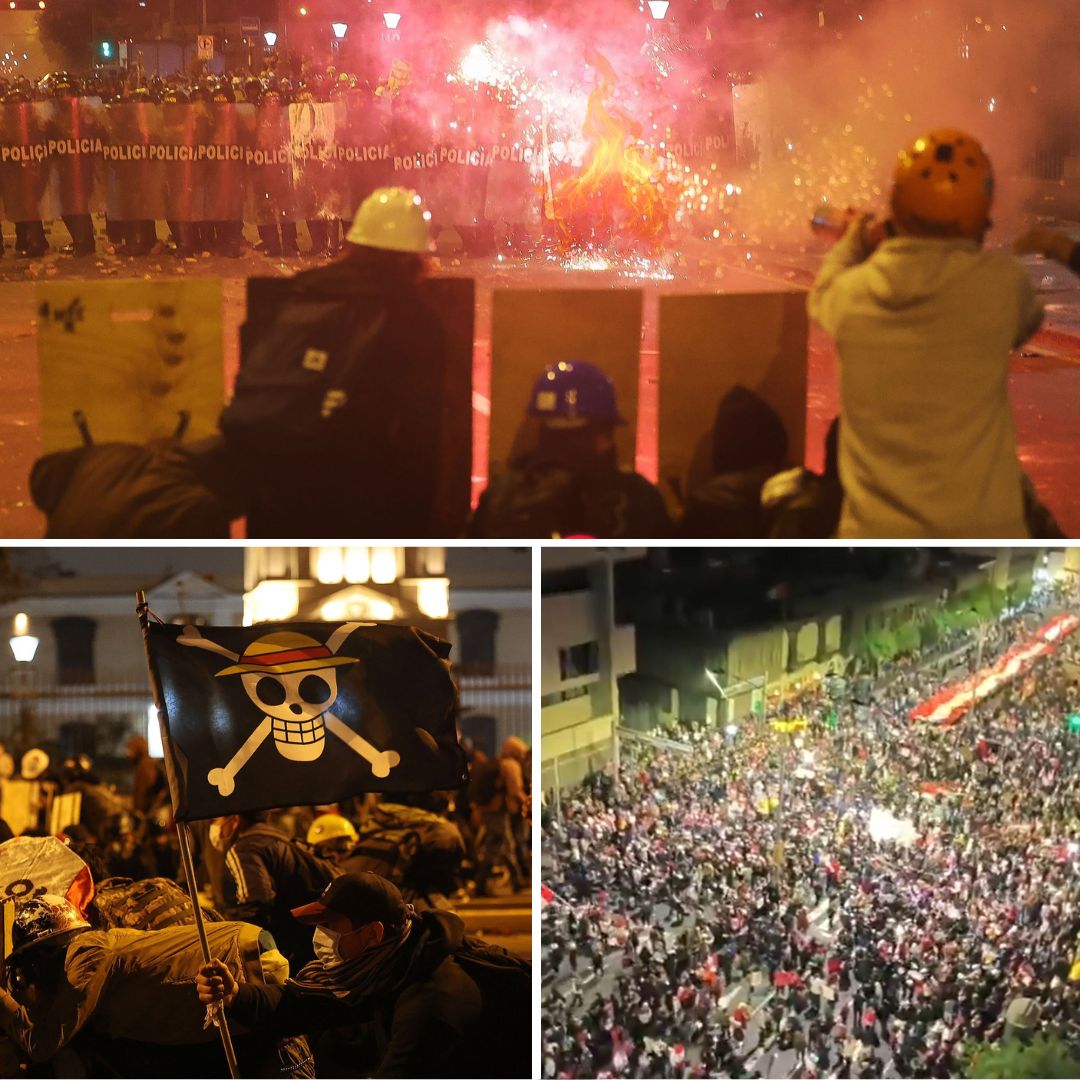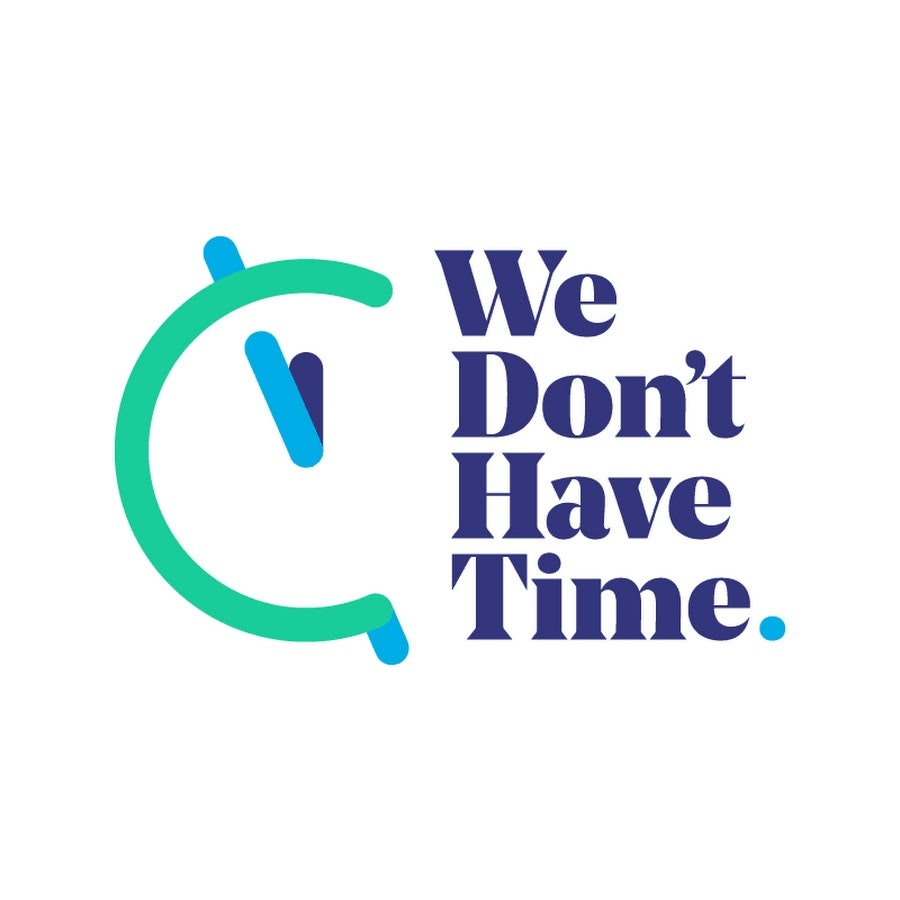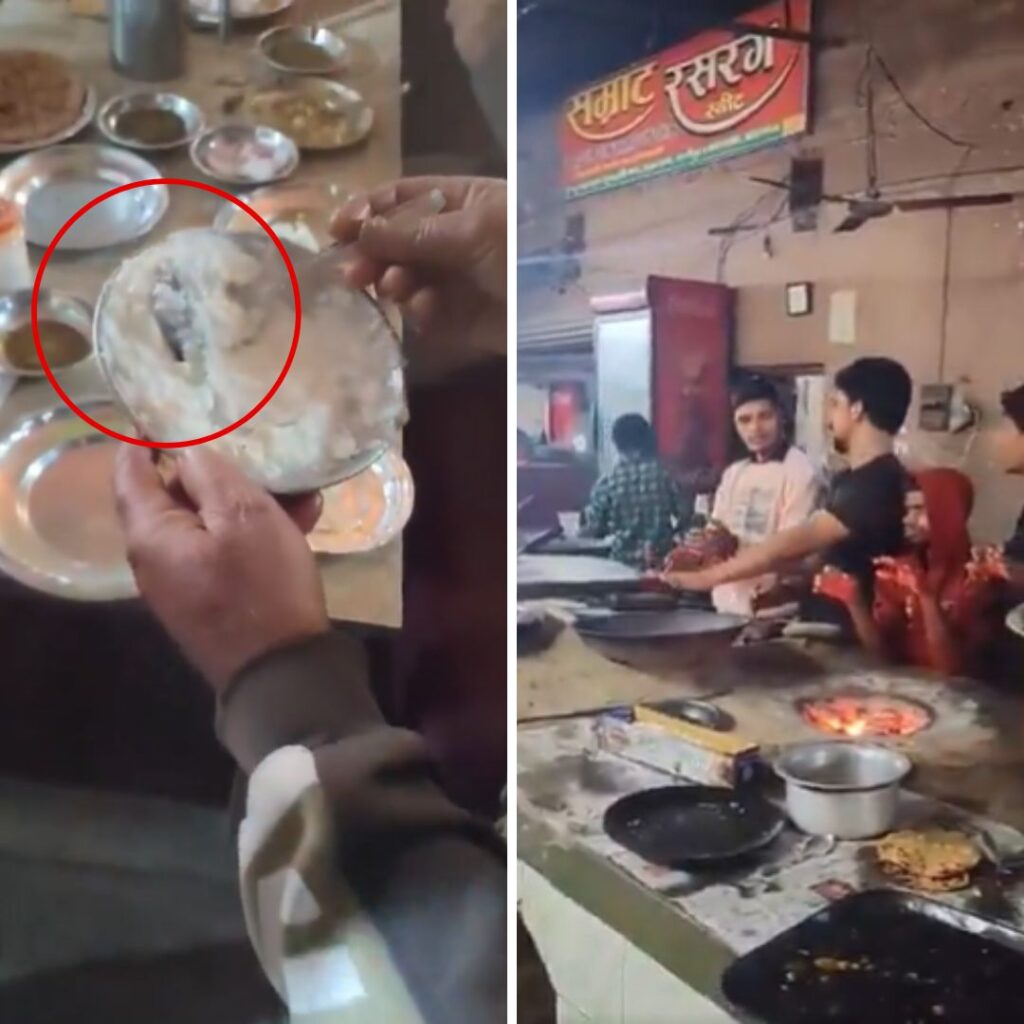Generation Z-led protests erupted in Lima and across Peru on October 15, 2025, igniting violent clashes with police over issues of rampant corruption, rising crime, and political instability. Thousands of young protesters, students, urban workers, and allied groups demanded the resignation of interim President José Jerí, systemic reforms, and accountability following the impeachment of former President Dina Boluarte.
Police responded with tear gas and riot control tactics, causing one confirmed civilian death and over a hundred injuries. Jerí condemned criminal disruptions amid the unrest, but tensions remain high with ongoing nationwide demonstrations.
Youth Outrage and Police Clashes
The protests are a vivid expression of Gen Z’s rising frustration with political corruption, economic hardship, and an escalating crime wave that targets vulnerable workers, including transporters frequently victimized by extortion and violence. Protesters stormed police barricades near Lima’s Congress, clashing fiercely with riot forces who deployed tear gas and batons to control crowds.
Human rights observers and eyewitnesses reported excessive police force, including undercover agents allegedly shooting a civilian. Social media platforms like TikTok, WhatsApp, and Telegram played a critical role in mobilising this digitally connected youth cohort, enabling rapid sharing of protest logistics and viral outrage.
Demonstrators also criticised unpopular crime-related legislation they say ignores Peru’s social realities.
Political Crisis Fueling Protests
This wave of protests follows years of deep political and social turmoil in Peru. The immediate trigger was a controversial pension reform law requiring workers – especially the largely informal youth workforce- to contribute to the national pension system, sparking widespread anger when it was passed in early September 2025.
Boluarte’s presidency ended abruptly with her impeachment on October 10, replaced by Jerí, whose interim government faces continued rejection. Peru’s governance struggles date back to former President Pedro Castillo’s failed 2022 self-coup, leading to seven presidents in nine years and ongoing instability.
The Gen Z movement, inspired by global youth protests, demands a root-and-branch restructuring of the country’s political and economic system, reflecting growing national divides and disenchantment.
The Logical Indian’s Perspective
The Logical Indian affirms that peaceful dialogue, empathy, and systemic reform form the only sustainable solution to the crisis in Peru. Violence and repression only deepen fractures within society and delay urgent progress on transparency, justice, and inclusion.
Affected governments, protesters, and civil society must commit to respectful engagement and coexistence while addressing the legitimate demands of youth and citizens for fairness and accountability.
This situation is a powerful reminder that violent unrest often emerges from unmet social needs and unresolved grievances.
🇵🇪WATCH:
— Aares (@aares0205) October 16, 2025
Visuals from Peru show Gen Z led protests turning violent in front of the Congress building in Lima, with clashes leaving at least one dead and over 70 injured, including police officers.
The demonstrations erupted less than a week after José Jeri took over as interim… pic.twitter.com/xWxkZGJKyP












